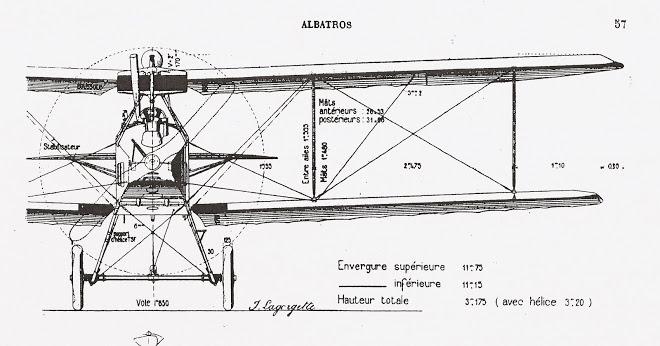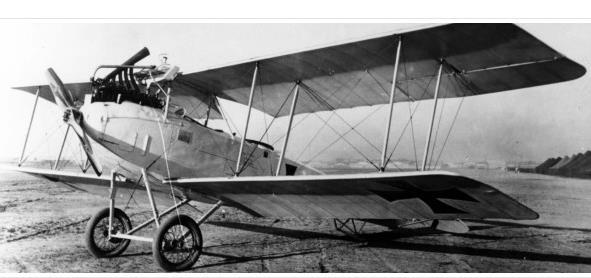The Albatros C.III was a German two-seat general-purpose biplane of World War I, built by Albatros Flugzeugwerke. The C.III was a refined version of the successful Albatros C.I and was eventually produced in greater numbers than any other C-type Albatros. It was used in a wide variety of roles including observation, photo-reconnaissance, light-bombing and bomber escort. 18 C.IIIs were delivered in August 1916 to Bulgaria. They were destroyed in 1920 in accordance with the clauses of the Peace Treaty.
Like its predecessor, the C.III was a popular aircraft with rugged construction and viceless handling. The most prominent difference between the two was the revised tail, the C.III having a lower, rounded tail compared to the large, triangular tail of the C.I, granting the C.III greater agility. The power plant was either a 110 kW (150 hp) Benz Bz. III or a 120 kW (160 hp) Mercedes D.III inline engine and, like numerous other two-seaters of the war (such as the British Royal Aircraft Factory R.E.8) the cylinder head and exhaust manifold protruded above the front fuselage, limiting the pilot's forward visibility.
The observer, who occupied the rear cockpit, was armed with 7.92 mm (.312 in) Parabellum MG14 machine gun. Some C.III aircraft were fitted with interrupter gear and a single forward-firing 7.92 mm (.312 in) LMG 08/15 machine gun. The C.III could also carry a bomb load of up to 90 kg (200 lb) in a small internal bomb bay.
Between 1926 and 1927, two Mercedes D.III engined copies were built from saved parts and components of the destroyed aircraft by the Bulgarian state aircraft workshops as the DAR 2 for use as trainers.[
| Type |
2-seat fighter used as a transport during the twenties |
| Engine |
1 Benz III |
| Dimensions |
Length 8.00 m, span 11.69 m |
| Weights |
Empty , loaded , max. take off weight |
| Performance |
Max. speed 140 km/h |
| Type |
Werk.Nr |
Registration |
History |
|
|
D-140 |
|
|
|
D-173 |
|

